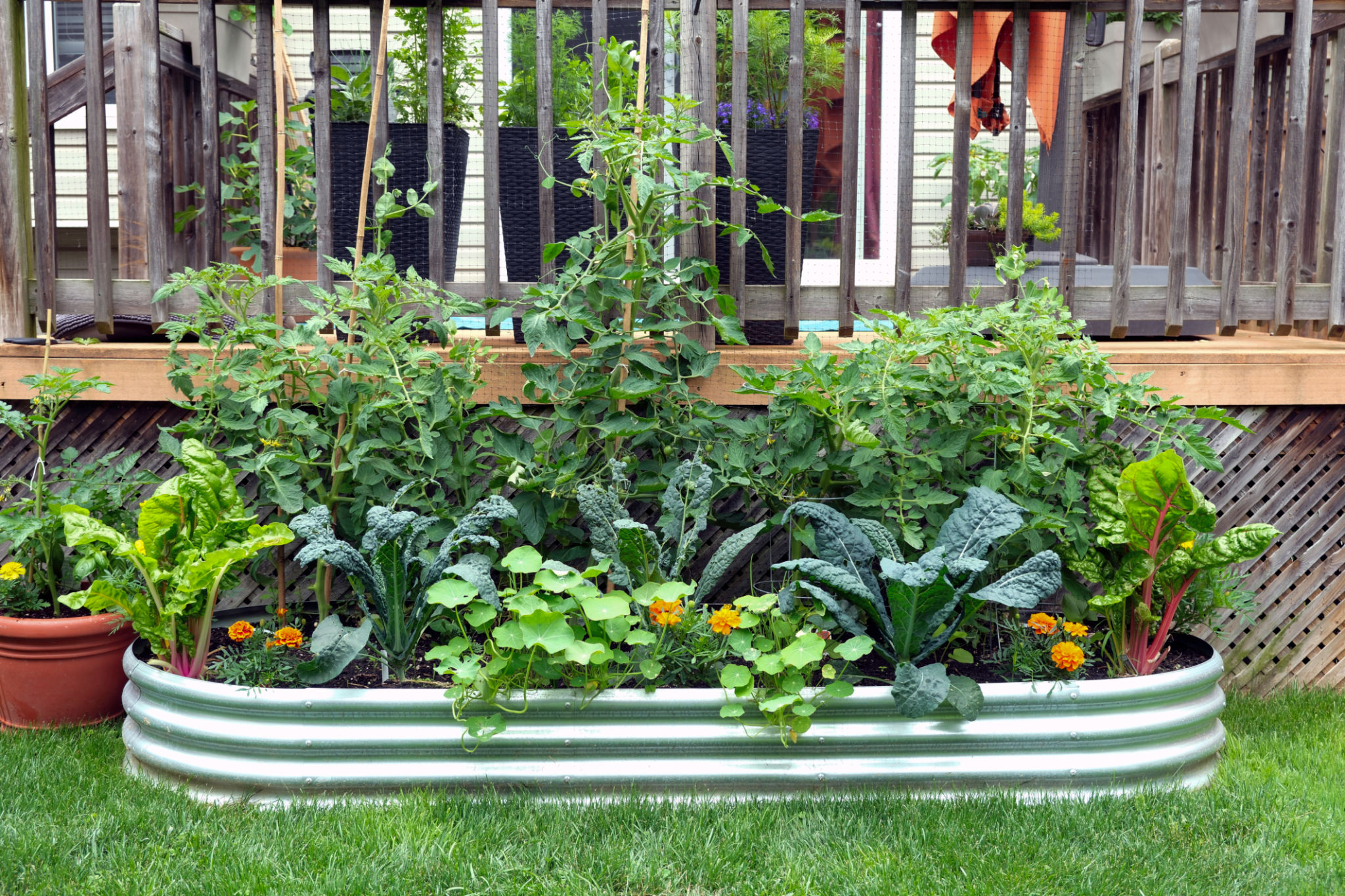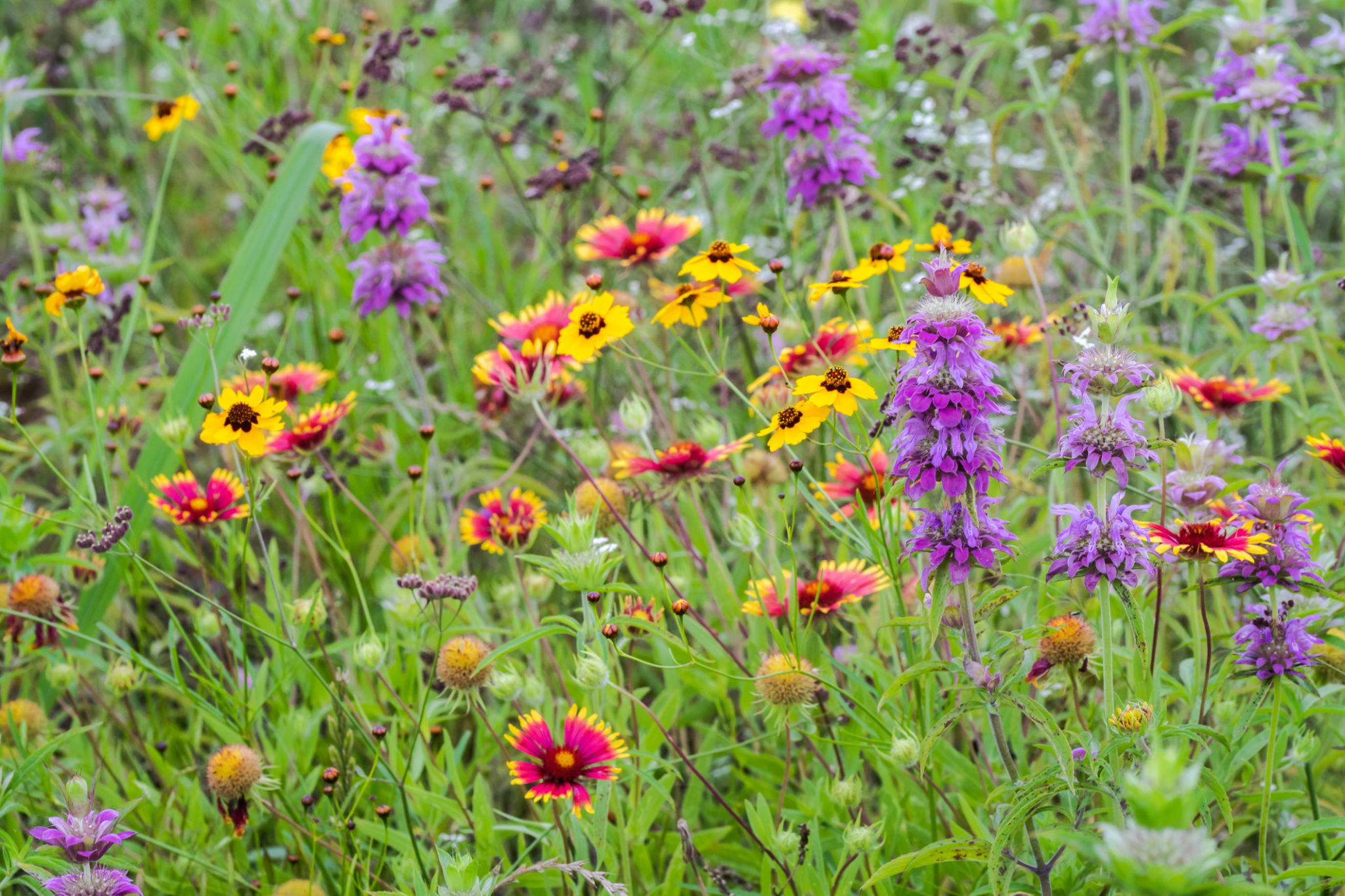Case Study: Transforming a Calgary Backyard with Eco-Friendly Landscaping
Introduction to Eco-Friendly Landscaping
Transforming a backyard into a beautiful and sustainable space is an exciting journey. In Calgary, homeowners are increasingly turning to eco-friendly landscaping solutions to create outdoor environments that are both aesthetically pleasing and environmentally responsible. This case study explores the process and results of one such transformation, showcasing the benefits and techniques of sustainable landscaping.
Eco-friendly landscaping focuses on using natural resources efficiently while minimizing environmental impact. It involves selecting native plants, optimizing water usage, and integrating sustainable materials. These practices not only enhance the beauty of a space but also contribute to local biodiversity and reduce maintenance costs.

Initial Assessment and Planning
The transformation began with a thorough assessment of the existing backyard. The homeowners wanted to replace their traditional lawn with a more sustainable option that required less water and maintenance. A comprehensive plan was developed, incorporating the principles of xeriscaping, which emphasizes drought-tolerant plants and water-efficient irrigation.
The planning phase involved selecting a diverse range of native plants that thrive in Calgary's climate. Native plants are well-adapted to local conditions, require less water, and provide essential habitats for local wildlife. The design also incorporated elements such as permeable pathways and rain gardens to manage stormwater effectively.
Implementation of Sustainable Practices
With a clear plan in place, the implementation phase began. The existing lawn was removed and replaced with a combination of native grasses and wildflowers. These plants not only reduce the need for watering but also create a vibrant tapestry of colors throughout the seasons.

The introduction of a drip irrigation system ensured efficient water usage by directing water directly to the plant roots, minimizing evaporation. This system was complemented by rain barrels that collected runoff from the roof, providing an additional water source during dry spells.
Incorporating Recycled and Natural Materials
A key aspect of the project was the use of recycled and natural materials. The homeowners opted for reclaimed wood to build garden beds and seating areas, adding rustic charm while reducing waste. Permeable pavers made from natural stone were used for pathways, allowing rainwater to seep through and replenish the groundwater table.

These materials not only enhanced the visual appeal of the backyard but also aligned with the homeowners' commitment to sustainability. By choosing environmentally friendly options, they were able to reduce their carbon footprint significantly.
Outcomes and Benefits
The transformation resulted in a stunning backyard that serves as a testament to the potential of eco-friendly landscaping. The new landscape requires significantly less maintenance and water, saving time and resources. Additionally, the diverse plant life has attracted pollinators such as bees and butterflies, contributing to the local ecosystem's health.
The homeowners have expressed immense satisfaction with their new outdoor space, enjoying both its beauty and the peace of mind that comes from knowing it was designed with sustainability in mind. They have also observed a reduction in their water bills, thanks to the efficient irrigation system.
Conclusion: Embracing Sustainable Landscaping
This case study highlights the transformative power of eco-friendly landscaping in creating beautiful, sustainable outdoor spaces. By integrating native plants, efficient irrigation systems, and recycled materials, homeowners can achieve stunning results while contributing positively to the environment.
As more people recognize the benefits of sustainable practices, eco-friendly landscaping is poised to become a cornerstone of modern outdoor design. Embracing these principles not only enhances our living spaces but also helps preserve the planet for future generations.